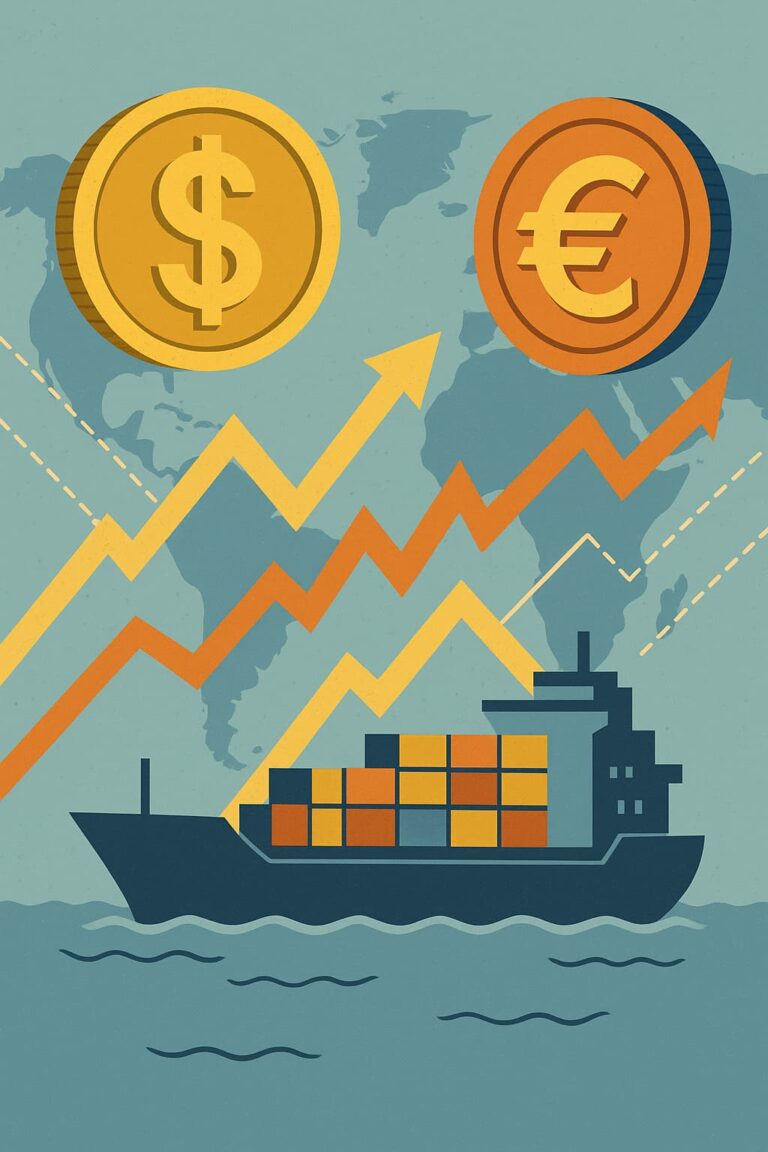For years, investors have heard the rallying cry: “Emerging markets are the future.” From the rise of China to India’s tech boom, from Brazil’s commodities to Africa’s youthful population, emerging markets (EMs) have long been viewed as engines of future global growth. But in 2025, as the global economy enters a new phase of realignment and uncertainty, the question remains:
Are emerging markets truly the next big investment opportunity—or just another overhyped narrative?
What Are Emerging Markets?
Emerging markets are countries in transition from developing to developed status. They typically feature:
Rapid economic growth
Expanding middle class
Improving infrastructure
Greater openness to foreign investment
Political and regulatory volatility
Key EM players include India, Brazil, South Africa, Indonesia, Mexico, and Vietnam, among others. China—once the poster child of emerging markets—is increasingly viewed as a separate category due to its massive economy and geopolitical weight.
Why Emerging Markets Are Back in the Spotlight
In 2025, several powerful trends are making emerging markets more attractive to investors:
1. Demographics and Consumption Growth
Youthful populations with rising incomes are fueling consumer demand.
By 2030, over 60% of the global middle class will live in Asia.
2. Digital Leapfrogging
Countries are skipping legacy infrastructure and moving straight to digital payments, mobile banking, and e-commerce.
Africa and Southeast Asia are leading this trend.
3. Global Supply Chain Shifts
The U.S.–China rivalry has pushed multinationals to diversify manufacturing to countries like India, Vietnam, and Mexico.
“China +1” strategy is boosting local economies.
4. Natural Resources and Energy Transition
Many EMs are rich in critical minerals (lithium, cobalt, copper).
These are essential to the green energy transition and battery supply chains.
The Investment Case for Emerging Markets
📈 Higher Growth Potential
Most EM economies are growing faster than developed nations, often with GDP growth exceeding 4–6% annually.
💸 Undervalued Assets
Stock valuations in EMs are often cheaper compared to developed markets. The P/E ratios of major EM indices are significantly lower than U.S. equities.
🌍 Currency Diversification
Investing in EMs provides exposure to non-dollar assets, which may benefit from dollar weakness or inflation hedges.
🔋 Rising Commodities Demand
EMs tied to commodity exports (e.g., Brazil, Chile, Nigeria) benefit when global demand for raw materials increases—especially with green tech expansion.
Not-So-Emerging Risks
While the upside is enticing, investors must acknowledge the very real risks associated with EM investing:
⚠️ Political Instability
Governments can be unpredictable, and policy shifts can disrupt markets or businesses overnight.
📉 Currency Volatility
EM currencies are often more volatile and sensitive to interest rate changes, especially in the U.S.
🧾 Debt and Inflation
Many EM countries carry high foreign debt. Rising global interest rates and strong dollars can strain repayment and fuel inflation.
🚧 Poor Infrastructure and Governance
Logistics bottlenecks, bureaucratic delays, and weak legal systems can hinder business and trade.
Case Studies: Opportunity or Caution?
🇮🇳 India – Opportunity
Projected to be the world’s third-largest economy by 2027
Tech sector booming; major reforms attracting foreign investment
Young population and expanding manufacturing base
🇧🇷 Brazil – Mixed Bag
Rich in agricultural and mineral exports
Political unrest and fiscal mismanagement continue to weigh on confidence
🇿🇦 South Africa – Risky Potential
Natural resources and financial infrastructure are strong
Energy crises, unemployment, and inequality undermine stability
🇻🇳 Vietnam – Rising Star
Benefiting from U.S.–China decoupling
Stable growth and improving foreign investment climate
Infrastructure and banking systems still catching up
Should You Invest in Emerging Markets?
✅ Yes, If You:
Are seeking long-term growth beyond saturated Western markets
Want to diversify currency, geography, and sector exposure
Understand the macro risks and can tolerate higher volatility
❌ No, If You:
Prefer stable, predictable markets
Are investing for short-term gains
Have low tolerance for political or currency risk
Ways to Invest in Emerging Markets
ETFs and Mutual Funds
Examples: VWO (Vanguard FTSE Emerging Markets ETF), EEM (iShares MSCI Emerging Markets)
Provides diversified exposure across countries and sectors
Country-Specific ETFs
E.g., INDA (India), EWZ (Brazil), FM (Frontier Markets)
Useful for targeting high-growth economies
Multinational Companies with EM Exposure
Invest in companies like Unilever, Nestlé, or Apple, which have strong EM operations
Commodities and Resource Funds
Many EMs are commodity-driven. Resource ETFs provide indirect exposure.
Local Currency Bonds
For income-focused investors, but comes with currency risk
Final Verdict: Opportunity or Overhype?
The truth is both.
Emerging markets do present tremendous long-term opportunity, particularly in Asia and parts of Africa. But they also come with structural volatility and risk that can test even seasoned investors.
The key to success in EM investing is selectivity, patience, and diversification. It’s not about buying every EM country or stock—but about identifying the right trends, regions, and entry points.
In a world reshaping its economic power structure, emerging markets are no longer “emerging.” They’re arriving—and investors who understand the terrain can arrive early too.





